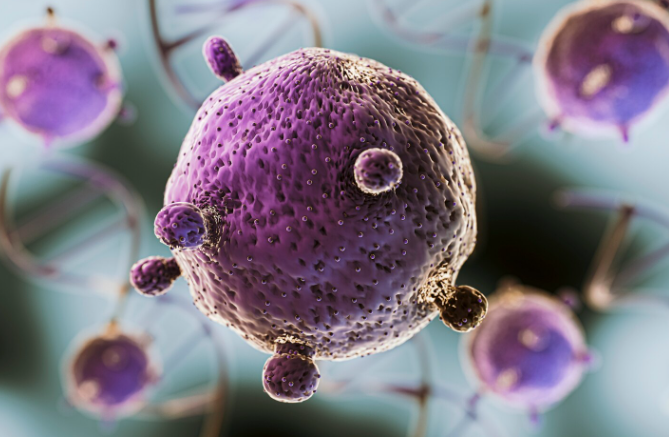When we think of medicine, we often picture treatment after illness strikes—medications, surgeries, and therapies to restore what has been lost. But modern healthcare is shifting toward prevention, focusing on strengthening the body before disease develops. Within this shift, stem cell therapy is emerging as a powerful ally. Beyond treating injuries or chronic conditions, stem cells are being explored as part of preventive strategies that aim to support vitality, slow down aging, and maintain long-term wellness.
A new vision of healthcare
Preventive medicine is about anticipating problems before they occur. Regular check-ups, vaccines, and lifestyle changes are traditional tools. Stem cell therapy adds a new dimension by enhancing the body’s natural regenerative capacity, helping it stay resilient against the wear and tear of daily life.
Why stem cells matter for prevention
Stem cells have unique properties that make them valuable beyond treatment:
- Tissue maintenance: stem cells help replace cells that age or wear out.
- Immune support: they modulate immune responses, making the body more resilient against infections and inflammation.
- Anti-aging effects: by stimulating collagen production and improving circulation, they contribute to healthier skin and organs.
- Energy and vitality: stem cells enhance mitochondrial function, supporting energy production at a cellular level.
These effects make stem cell therapy attractive for individuals who are not necessarily sick but want to optimize their health.
Applications in preventive medicine
Stem cells are being studied in several areas of wellness and longevity:
- Healthy aging: delaying cellular decline, supporting skin regeneration, and improving joint flexibility.
- Performance optimization: helping athletes and active individuals recover faster and avoid injuries.
- Immune resilience: reducing the impact of chronic stress and environmental factors on the immune system.
- Organ protection: maintaining cardiovascular and neurological health by supporting tissue oxygenation and repair.
In our previous article about autoimmune conditions, we explained how stem cells restore balance in overactive immune systems. In preventive medicine, they use the same regulatory abilities to maintain equilibrium before problems escalate.
What preventive treatment looks like
A preventive stem cell program usually begins with a thorough medical evaluation to understand a patient’s health status and goals. Cells are harvested (often from bone marrow or fat tissue), processed, and reinfused to stimulate regeneration.
Unlike therapeutic applications that target specific injuries, preventive treatments are designed to boost general vitality. The number and frequency of sessions depend on individual needs—some patients undergo treatments annually as part of their wellness plan.
A complement, not a replacement
It’s essential to highlight that stem cell therapy is not a substitute for healthy habits. Proper nutrition, physical activity, stress management, and regular medical care remain fundamental. Stem cell therapy is best viewed as an advanced complement that amplifies the benefits of these habits and provides an additional layer of cellular protection.
Looking ahead
As research continues, the role of stem cells in preventive medicine is expected to expand. Advances in regenerative medicine could transform wellness programs, making them more personalized and effective. For patients, this represents an opportunity to take proactive control of their health and age with greater strength and confidence.
At Dr. Diego Hernández’s medical center, we provide stem cell therapy protocols designed not only for treatment but also for prevention and wellness. Our focus is on helping patients maintain vitality, strengthen their natural defenses, and support healthier aging. To learn more or to schedule a consultation, contact us at +57 311 797 0832 or write to info@drdiegohernandez.com.co. Explore how regenerative medicine can become a cornerstone of your long-term health plan.




